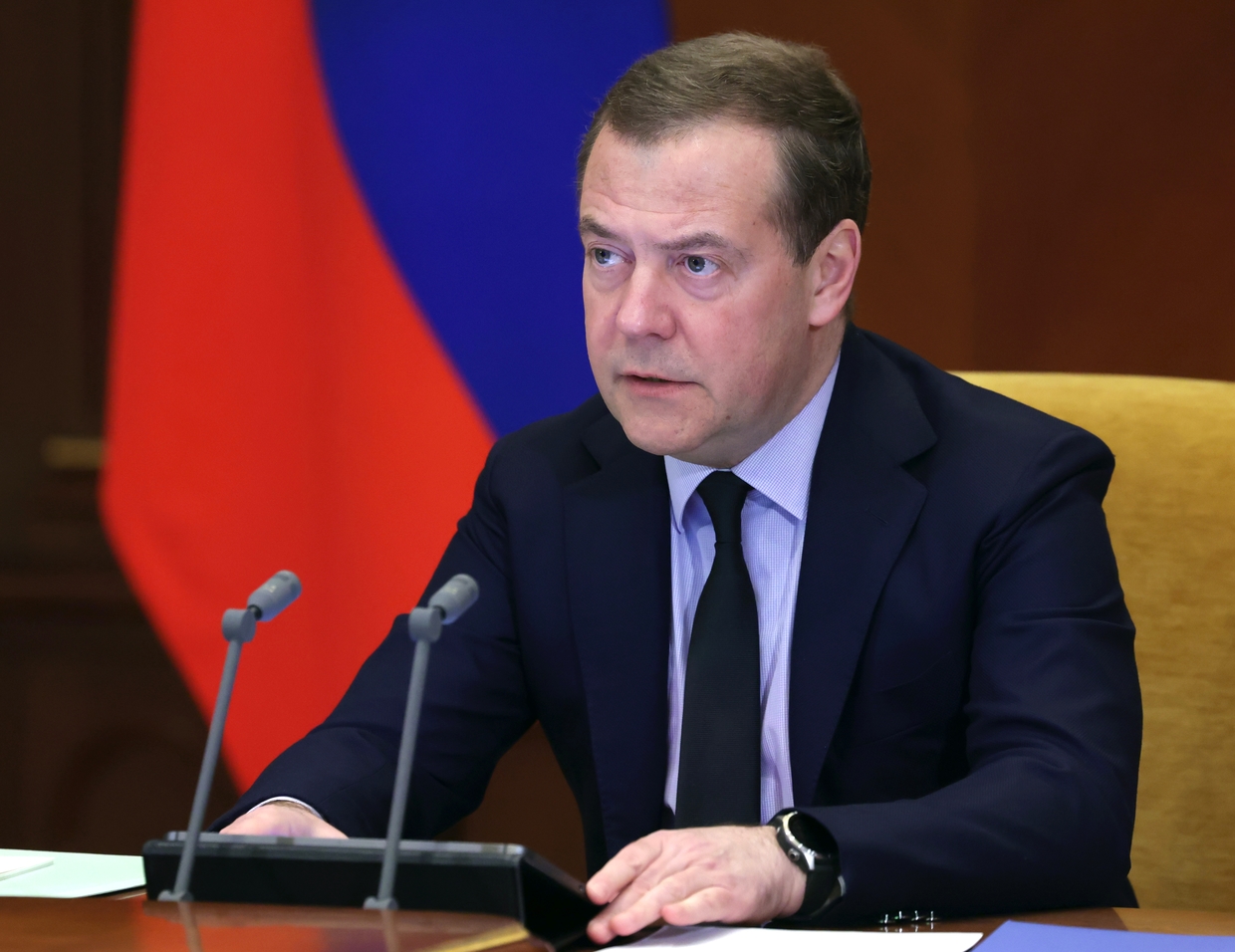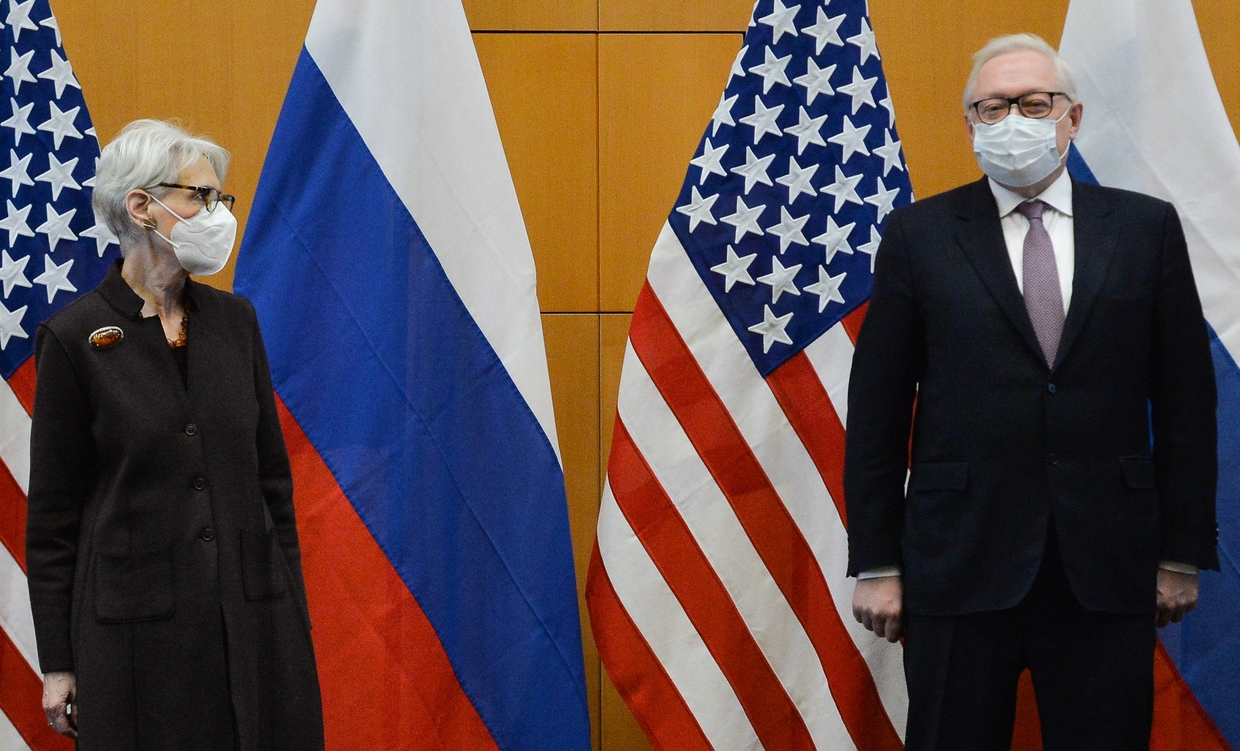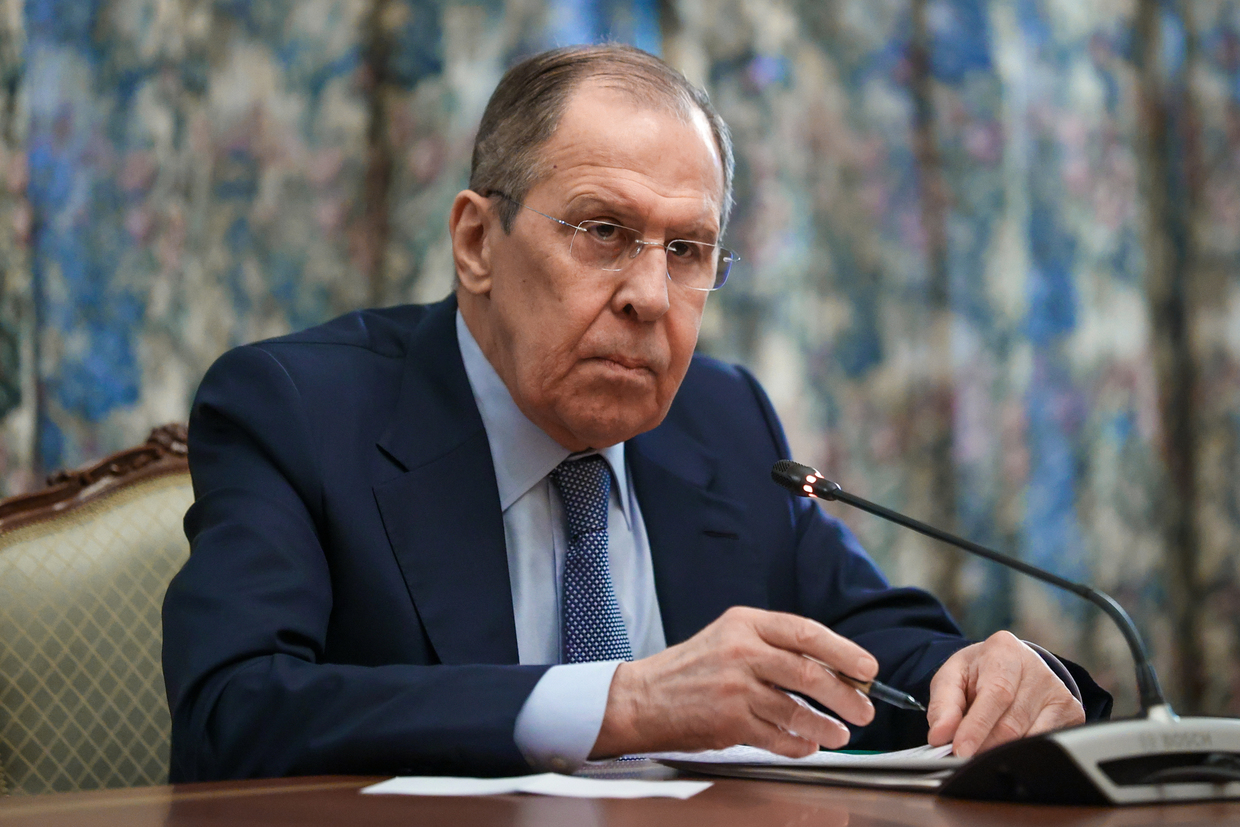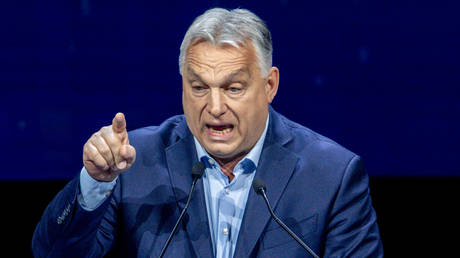
Why Moscow’s and Washington’s positions on how to manage atomic weapons are fraught with mistrust, unpredictability and volatility
During the Cold War, Moscow and Washington managed to agree on arms control regardless of the degree of their involvement in regional conflicts, whether in Europe or in Afghanistan. In the case of Ukraine, the situation is different: one of the side effects of the deployment of Russian troops in the country has been the freezing of these negotiations between Russia and the US.
The process of drawing up new agreements in this field, launched in 2021, has been stopped. The last of the existing bilateral treaties on strategic offensive arms is facing serious problems. In the meantime, the breakdown of arms control will lead to more mistrust, unpredictability and instability.
A step forward…
In the area of security, 2022 started well overall. On January 26, the US responded to security demands issued by Russia, and although Washington refused to provide guarantees that Ukraine would not join NATO or to withdraw the bloc’s forces to 1997 positions, in the area of strategic stability the US was clearly in favor of compromise.
The American response indicated that they were willing to negotiate on a number of topics that Russia had been unsuccessfully pushing for over the previous few years. The most prominent example: Moscow’s 2019 proposal for a moratorium on the deployment of land-based intermediate-range and shorter-range missiles in Europe.
Before last January, the US and its NATO allies had publicly labelled the Russian initiative as “unacceptable and untrustworthy.”
However, Washington’s response to Moscow’s demands explicitly stated that the Americans had agreed to negotiate on the issue.
Moreover, the letter specified that the US was ready to discuss a transparency mechanism with Russia to verify the absence of Tomahawk cruise missiles at Aegis Ashore sites in Romania and Poland, provided that Moscow provided reciprocal transparency conditions for two selected land-based missile bases on its territory. Earlier, the Russian side itself had proposed similar verification measures, but Moscow’s suggestion was only listened to against the background of its December 2021 ultimatum on Ukraine and its concentration of troops on the Ukrainian border.

© DANIEL MIHAILESCU / AFP
In its January response, the US also indicated a willingness to explore the possibility of expanding the exercise notification regime and measures to reduce nuclear danger, including with regard to strategic atomic weapons-carrying bomber aircraft. In addition, the message from Washington indicated a willingness on the US side to discuss with Russia, differences on conventional arms control and additional measures to prevent dangerous incidents at sea and in the air.
Although Russian officials had described these U.S. proposals as “secondary” to Russia’s central demands for NATO non-proliferation and the withdrawal of the bloc’s infrastructure in central and eastern Europe, many observers had the impression that Moscow was simply bargaining. Not in a particularly elegant way, but very effectively, as it looked to strengthen its negotiating position. All the more so since Russian officials had assured the world that no “invasion” of Ukraine was planned, and the Russian Foreign Ministry had expressed the hope – as early as mid-February – that “together” Russia and NATO member states could achieve “a good result across the whole package [of issues]”
The feeling that Russia wouldn’t try to resolve the “Ukrainian issue” by force and the belief that arms control was a foreign policy priority for Moscow gave rise to cautious optimism. It seemed that the troops were about to be withdrawn as promised and an intensive negotiation process was about to begin between the two powers.
The basis for this belief already existed: during their meeting in Geneva in June 2021, Presidents Vladimir Putin and Joe Biden had launched a “dialogue on strategic stability” aimed at working out new bilateral agreements to replace the Strategic Arms Reduction Treaty (START), which expires in 2026. As part of this process, the two delegations managed to hold two rounds of face-to-face talks. The results were modest but encouraging.
…and two backwards
However, following Moscow’s recognition of the independence of the Donbass and Lugansk People’s Republics, and then the deployment of Russian troops to Ukraine, those hopes were dashed. US Secretary of State Anthony Blinken, who had planned to meet his Russian counterpart Sergey Lavrov in Geneva on 24 February, said that he no longer saw the point. The US quickly suspended its participation in a bilateral “strategic stability dialogue.” The positive aspects of the December-February correspondence were no longer mentioned. Against the backdrop of the hostilities in Ukraine, everything faded into the background.

© Russian Foreign Ministry / Handout / Anadolu Agency via Getty Images
This was the case for about six months, but around August, Washington began signaling a readiness to return to discussing arms control with Moscow.
This was stated in particular by President Joe Biden in his address to the Review Conference of the Treaty on the Non-Proliferation of Nuclear Weapons. Recalling that “even at the peak of the Cold War, the United States and the Soviet Union were able to work together to maintain common responsibility and ensure strategic stability,” the American leader declared: “My Administration is ready to expeditiously negotiate a new arms control framework to replace New START when it expires in 2026.”
Joe Biden, however, conditioned the resumption of negotiations on a number of vaguely worded demands on Russia in the context of Ukraine: “But negotiations require a bona fide partner. And Russiaʼs brutal and unprovoked aggression in Ukraine disturbed the peace in Europe and is an attack on the fundamental principles of the international order. In this context, Russia must demonstrate that it is ready to resume nuclear arms control work with the United States.”
Moscow felt that since the “dialogue on strategic stability” had been interrupted at the initiative of the US, it should ask for its resumption, rather than making demands.
Dmitry Medvedev, who signed the START Treaty with the US when he was president in 2010, had the harshest words for the American position.
“Let them come running or crawling themselves and ask for it (the resumption of negotiations on strategic stability). And they will appreciate it as a special mercy. Otherwise it looks like this: they give us all kinds of abominations, and we give them a nuclear deal,” he wrote in his Telegram channel. “Unproductive, dangerous, and looks like a display of weakness. Let them appreciate such a dialogue for real and ask for it in all the streets and in the back alleys.”
The idea of Moscow and Washington returning to the pre-conflict state-of-affairs did not work out so well.

© Sputnik / Ekaterina Shtukina
A mirror response
At the same time, START has run into serious problems. On August 8, Russia announced it was temporarily withdrawing its facilities from treaty inspections, accusing the US of trying to resume on-site visits without obtaining the Russian side’s approval.
At the same time, comments by Russian officials initially suggested that the main obstacle to the START inspections was the practical implications of the confrontation between Russia and the US over Ukraine. That is, sanctions. “We are talking about the absence of normal air traffic due to the fault of the West, ignoring our requests to confirm the possibility for our planes to fly with inspectors through the airspace of transit countries, visa problems in transit, [and]difficulties with making payments for services during inspections,” Russian Deputy Foreign Minister Sergey Ryabkov explained in August.
A meeting of the Bilateral Consultative Commission, another mechanism under the START Treaty, was called to resolve the disagreement between Moscow and Washington on the issue of inspections.
At the same time, Russia has accumulated its own complaints against the US under this treaty. In October, Moscow once again made it clear that, in its view, Washington was not fully complying with its requirements. At issue was the possible reversibility of the conversion of US submarine and heavy bomber ballistic missile launchers. Russia assumes that the US, in withdrawing its submarine-launched ballistic missiles and heavy bombers from the treaty, is doing so in a way that would make them nuclear-armed again at any time. In previous contacts the sides have considered a number of mutually acceptable solutions to this problem, but it has not yet been possible to test them in practice.
It was agreed to discuss the backlog of issues from November 29 to December 6. Previously, similar meetings were held in Geneva. However, Moscow no longer considers Switzerland, which has joined most of the Western sanctions imposed on Russia, to be a neutral state and does not want to have contacts with third parties on its territory. Therefore, a new location was chosen for the meeting of the bilateral consultative commission: Cairo.
The delegations of the two countries were already packing their suitcases when they learned that the meeting had been postponed indefinitely at the initiative of Moscow.

© Sputnik / Alexey Vitvitsky
The explanations given by Russian officials made it clear that the problem was not the START Treaty, but the confrontation around Ukraine.
According to Russian Foreign Ministry spokeswoman Maria Zakharova, the decision was made “taking into account the extremely negative situation in Russian-American relations, which was created by Washington and continues to steadily degrade.” According to the diplomat, this situation “could not fail to affect the sphere of arms control, which cannot be seen as something autonomous and existing in isolation from geopolitical realities”.
“It takes a very peculiar logic to tell Russia about restraint, transparency and predictability in military matters while helping the Kiev regime to kill our military and civilians in Russian regions by providing increasingly destructive means of armed struggle and sending American instructors, advisers and mercenaries to Ukraine,” Zakarova said.
Russia’s ambassador to the United States, Anatoly Antonov, said the same in an interview with TASS a little later. “You cannot isolate the issue of convening a meeting of the bilateral consultative commission on the START Treaty from the general state of Russian-American relations. There is a war being waged against us. The adversary is seeking a strategic defeat for Russia. There are attempts to rock the domestic political and economic situation. And under these circumstances, we should allow Americans to visit the holy of holies – the security system of the Russian Federation – namely, military bases, where nuclear deterrent forces are deployed, as if nothing had happened?”
The Russian Foreign Ministry said it expected “a good-faith effort on the part of the US to create the conditions for a bilateral consultative commission session in 2023 and a return to full implementation of all treaty provisions.”
Thus, Moscow essentially mirrored Washington’s February decision to suspend the “strategic stability dialogue” by making arms control issues contingent on the conflict over Ukraine. Even the conditions for resuming contacts were formulated similarly by the Russian side. Washington urged Moscow to become a “good faith partner” and it urged Moscow to make “good faith efforts.”

© Russian Ministry of Foreign Affairs / Handout / Anadolu Agency via Getty Images
Not on a counter course
When the bilateral consultative commission for the START Treaty will now meet in person and what will happen on the outstanding issues, including inspections, is not at all clear. If Moscow insists as a condition that Washington change its foreign policy course, including the cessation of American military assistance to Kiev, then neither consultations on the treaty nor inspections will take place for the foreseeable future.
Sergey Lavrov said in an interview with Moscow’s First Channel, late last month, that Russia had conveyed to the US that it was “fully committed to its obligations under the treaty as far as they can be implemented on an equal basis.”
“We will provide them with the information stipulated in the treaty in a timely manner and in full scope and send appropriate notifications,” Mr. Lavrov clarified.
However, the mere remote exchange of information and notification of launches by the US may not seem enough. There have already been statements in Washington that Russia’s word cannot be trusted, and that without on-site inspections the treaty is not in the US national interest. The State Department’s annual report on compliance with international arms control, non-proliferation and disarmament agreements is about to begin. If on-site inspections under the START Treaty are not resumed (and by the end of June 2023, the Americans would like to conduct the maximum number of inspections stipulated by the agreement) and no commission meeting is held, it is possible that the next report will say that Russia is not fully complying with the treaty.
This, in turn, could lead to Congress introducing an amendment to prohibit the allocation of funds for cooperation with Russia under the START Treaty, i.e. effectively demanding a suspension of the treaty until Russia resumes cooperation. Or Joe Biden’s administration itself could take such a step. If the US does not comply with the START Treaty, Russia could also renege on its commitments altogether.
In such a case, the key – and indeed last – US-Russian arms control treaty would become ineffective or collapse.
The lack of agreement in this area has three negative consequences.
Even greater mistrust: in implementing the treaties, the military and diplomats of the two countries communicated regularly and in person, which strengthened personal ties and mutual understanding.
More unpredictability: in the absence of ceilings and frameworks, each side will likely overestimate the potential of the other and base its planning on worst-case scenarios.
Extra volatility: This is virtually inevitable in an intensified arms race not covered by any treaty.
This article was first published by “Kommersant”



